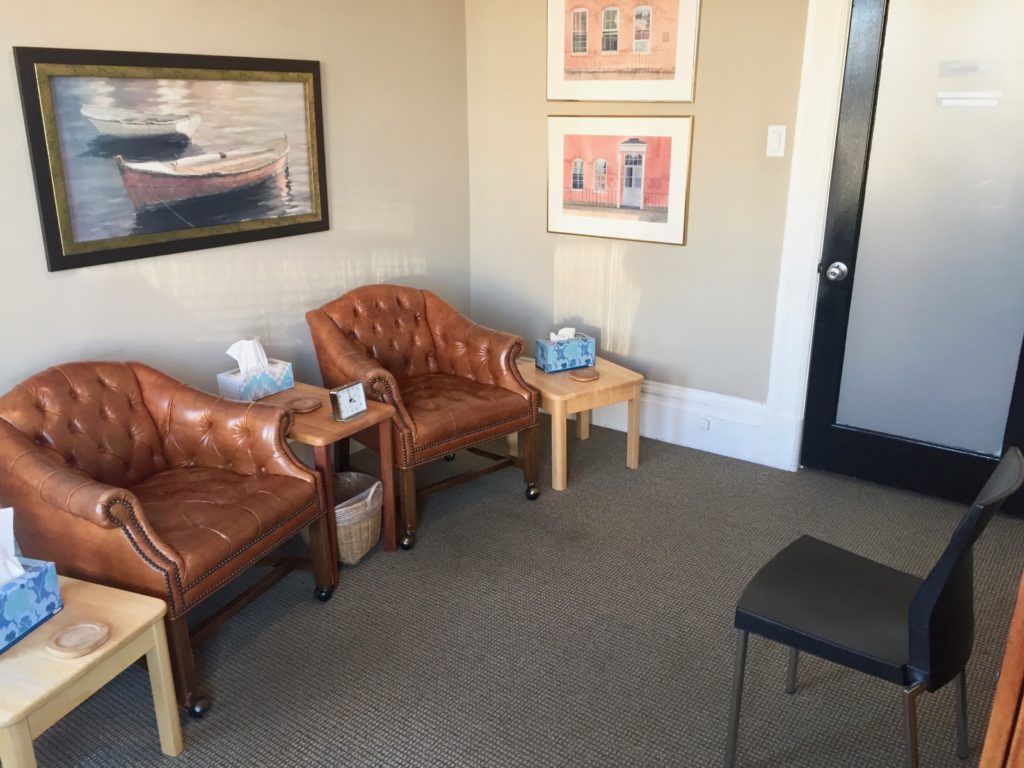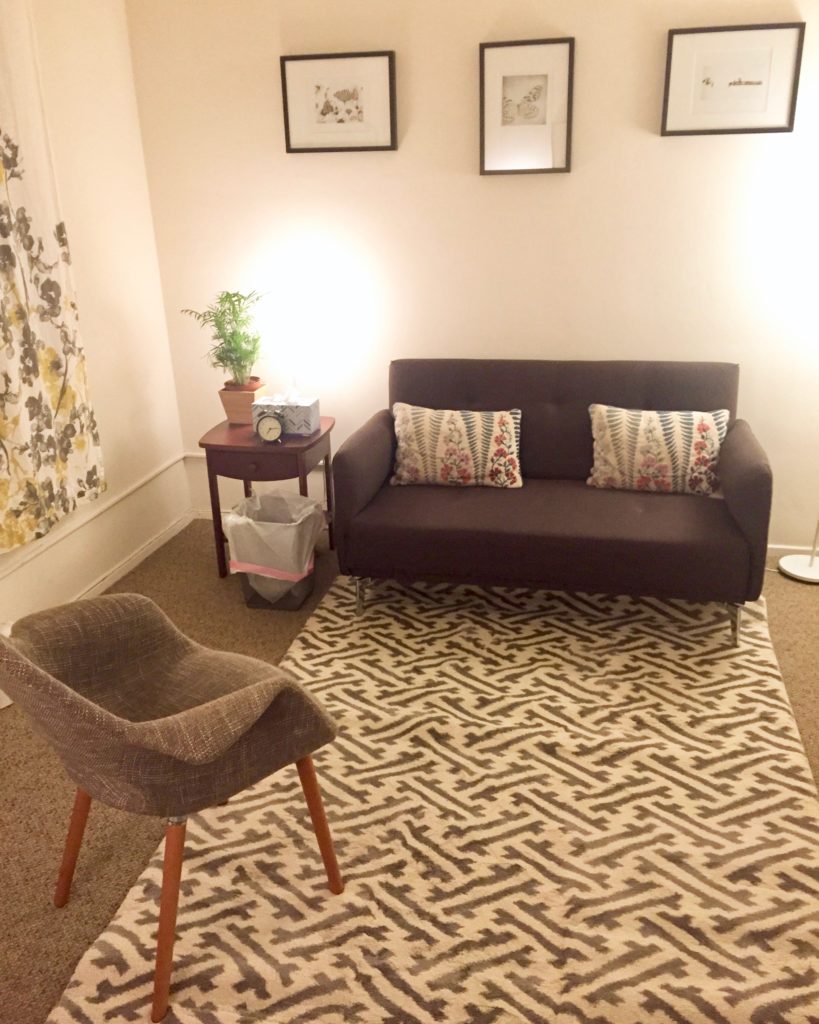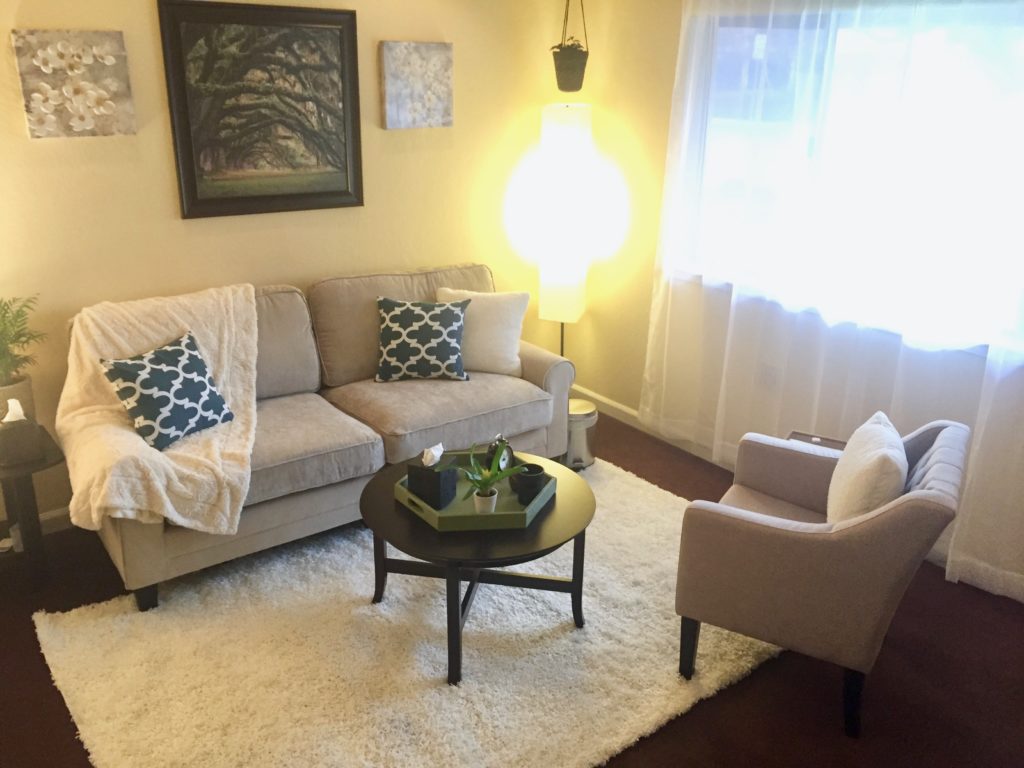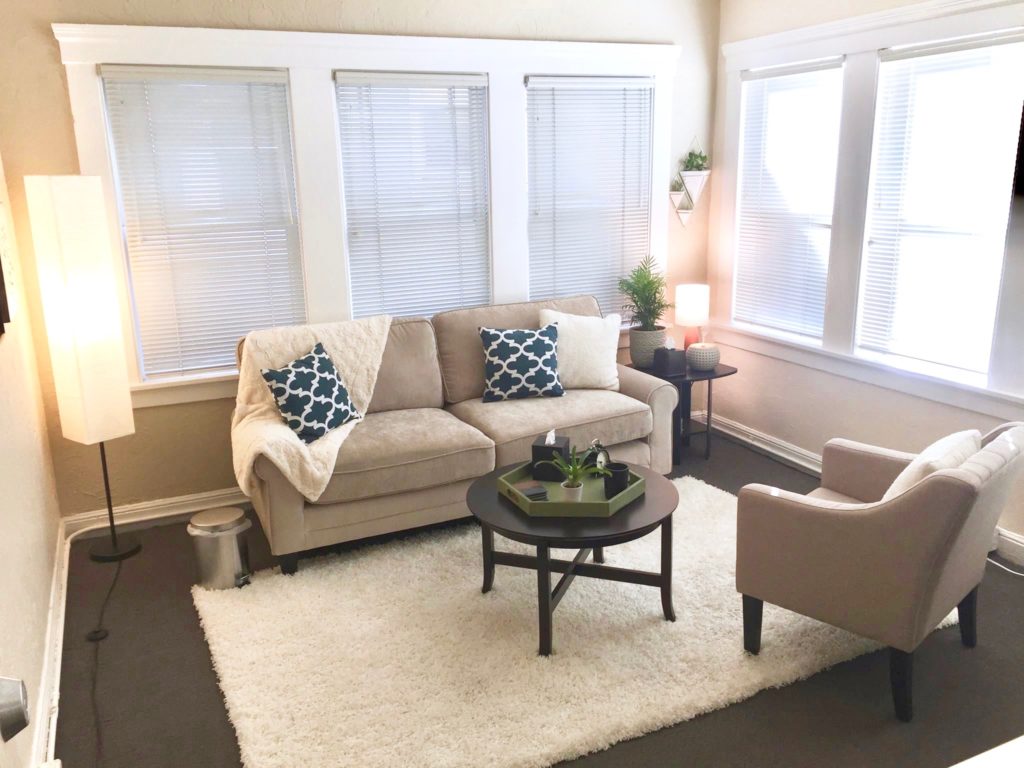How to Find a
Psychotherapy Office Space
It’s not always easy to find a psychotherapy office space to rent. However, with the right tools in hand and a list of what to look for, you’ll find a therapy office rental in no time!

When it comes to renting therapy offices, you could say I’ve been around the block a few times. In the past 6 years of private practice, I’ve rented 5 different therapy offices. Though I don’t recommend moving around as much as I did, I learned a thing or two about looking for a psychotherapy office rental.
First thing’s first. Before you look for an office, be sure to have your business plan ready to go and your website up and running (or at least under construction). Once you’re there, you’re ready to look for a therapy office to rent for your private practice! It’s important to have an office space secured before the next steps because much of what happens after this point requires that you have a physical address.
Steps to find a Psychotherapy Office Space
Finding a therapy office to rent is at least as stressful as finding a place to live. The list of criteria to consider is just a bit different. Here are some steps to prepare you for the hunt!
1. Create a checklist
Think of your office space as a home away from home for your clients. It’s important to have a picture of who your ideal client is and to put yourself in their shoes when considering what you need from the space.
Create a checklist of needs based on how you plan to use the space with your ideal clients. Here are a few prompts to help you build your checklist:
- Are you needing a place that’s a ADA accessible?
- If you work with kids, is the waiting room child-friendly? Does there need to be freedom to make a certain amount of noise without disturbing others?
- If working with more vulnerable populations or in a busy part of town, do you need a locked door in between the waiting area and the hallway of offices?
- Where does your target demographic live and how will they get to you? Do you need to be close to public transportation or have parking available nearby?
- Consider other items like gender-neutral restrooms, waiting area safety, cultural sensitivity of office mates, ability to maintain confidentiality in the space, etc.
Consider all of these items and create a checklist of must-haves and wishlist items.
Example: My therapy office requirements
To give you an idea of how this comes together, here is a checklist of office requirements I developed over the years based on my own clients’ needs and expectations:
- Access to public transportation. I continue to meet with clients from my old San Francisco office over 50 miles away, most of whom arrive via train. My office is within walking distance of our downtown train station.
- Easy Parking. The rest of my clients drive to see me. I’ve worked in prior locations where parking is difficult. Practically this meant that clients were usually late to their sessions.
- Neighborhood Safety. No location is immune, but I work late into the night and it’s important that my clients and I feel safe in the office together. In prior locations I’ve experienced the gamut of dangers, including individuals coming into the office brandishing a knife, bathroom vandalism, and break-ins. My current office is tucked into a relatively quiet residential neighborhood.
- Gender-Neutral Restrooms. I advertise myself as an LGBTQ+ open and affirming therapist, but my last office didn’t have gender-neutral restrooms. During my last move in 2017, I made sure to find an office with a gender-neutral restroom.
You may also build on this checklist by adding your own needs and preferences. For example, I prioritized finding a therapy office I could drive to without getting on the freeway. It’s also important to me to work in a shared space with fellow therapists. This creates community, free consultation available 24/7, and built-in referral networks. Other preferences included working in a converted home and having lots of windows. Feel free to dream about what you want for yourself from an office. You may not get everything on your list, but it will help you know what to look for.
2. Research cost
With your checklist of must-haves on hand, do some research on Craigslist to see how much people are charging in your area. You’ll likely find a range of prices available depending on whether you wish to sublet part-time or rent full-time as well as other factors such as neighborhood. Here are some helpful search terms to get you started:
- therapy office
- therapist office
- psychotherapy office
- counseling office
Be sure to use a wide range of search terms to make sure you catch all the available office spaces in your area.
Quick sidebar: if a listing does not include a photo of the interior or no photo at all, skip it. You’re going to get nowhere fast if you follow all those bunny trails.
If you know other therapists in private practice, ask them if they know of available office space. My own landlord looks through our networks first before ever posting an available office to Craigslist.
3. Create a budget
Based on the going rate of offices in your target area, decide how much you are willing to spend on monthly rent. Assume that you won’t be turning a profit for the first few months, and possibly longer. Come up with a number that feels reasonable within your overall budget before moving on to the next steps.
Don’t know where to start in setting a budget? Watch my video on Startup Costs of Part-Time Private Practice
4. Rent full-time or sublet part-time?
Here’s a sampling of only some of the office rentals I’ve worked in. The first two were sublets (yes, I sat in a plastic chair in my first office for over 5 years!), and the last 2 are offices I rented full-time with my own office design.
You may need to adjust your initial expectations after researching the cost of local office rentals. Maybe you had planned to dive in full-time, but after doing a bit of research and some math, you may decide it’s wisest to sublet part-time. I know decisions like this can feel deflating at first, but it’s best to have a plan ready now rather than being surprised later by sticker shock.
My suggestion is to start off subletting one day a week or by the hour if you find such an option.
To give an example: sublets in my area go anywhere from $130 to $200 a month to sublet one day a week. The bottom end of market rate for newly licensed folks in the area is to charge about $140 per session, so you only need one weekly client to start turning a profit.
If you do decide to go all-in with a full-time space, be sure to consider the cost of furniture and other design elements before taking the plunge. I’m saving this topic for a future post because I really do recommend doing private practice part-time to start. If you fill up quickly, you can always move!
5. Listen to your gut
This is such a therapist-ey piece of advice, but it’s true. Just imagine walking into a potential office space and noticing it feels a little bit weird or the landlord is weirding you out for whatever reason. Chances are that your clients will have that same weird feeling when they come to see you.
When I decided to make the jump from part-time to full-time private practice, I found this office that miraculously met ALL of my checklist items. However, when I met the landlord something seemed a bit off. I pushed through it and signed the lease anyway.
I carried on with my practice but I always felt like I wasn’t quite welcome in that space. Every month I turned in my rent early and asked the landlord if he had any feedback. He always said I was a fantastic tenant with no problems. Four months in, he broke the lease with no explanation. Unfortunately, he did so via email while I was out of the country, so I spent my mornings while on vacation scouring Craigslist for a new office. Not fun.
Once I found a new space and moved in, my business doubled within a month. I do believe the uptick in business had everything to do with whatever was “off” about that prior office. Our clients pick up on those things too!
So if you have a weird feeling, don’t do what I did! Follow your gut and say no.
After all these tips, when you’re ready to sign a lease take a deep breath and go for it!
Until next time, from one therapist to another: I wish you well!
-Marie
Photo by taylor hernandez on Unsplash




Leave A Reply